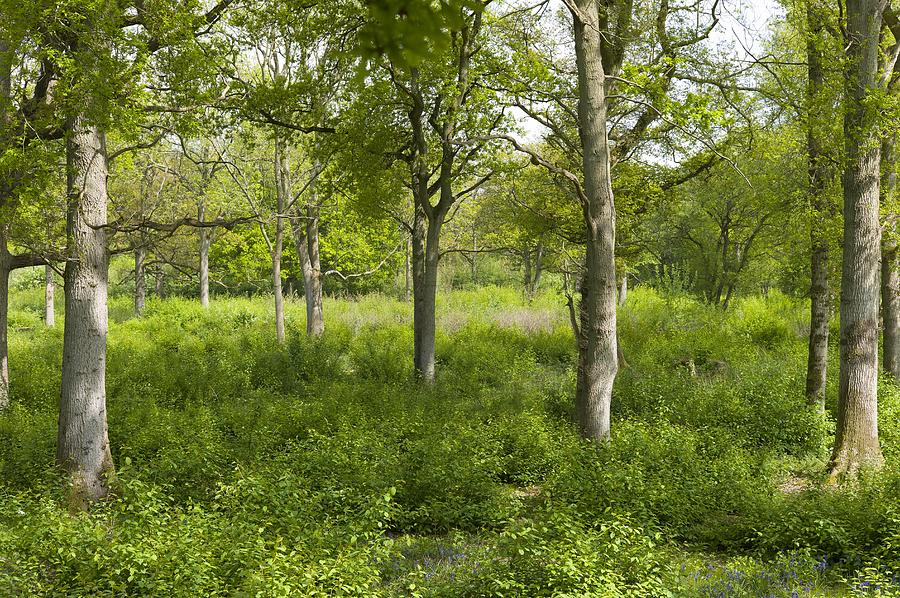
In other parts of the world, coppice forestry allows farmers and woodsmen to develop and market unique wood products for niche markets. The soil that is depleted of nutrients after a couple seasons of annual crops quickly regains its vitality and resilience after close to a decade of leaf fall under the quickly growing forest. At the same time, the continuous stand of nitrogen fixing coppice trees aids in the maintenance of the long term fertility of the lands.

This rotational crop cycle allows small farmers to maintain sufficient subsistence production for their own food needs while also maintaining a cash crop that brings in a healthy profit. Once the shade trees have grown sufficiently high to make annual crops unfeasible, cardamom is once again planted to begin the cycle once again.

After close to a decade of production, however, the cardamom is removed, the quickly growing trees are cut down, and annual crops of corn, beans, yucca, and squash are planted for 2 to 3 years. Cardamom is the main cash crop destined for export. Several endemic species of nitrogen fixing trees that regrow when cut down to their stump are planted throughout the cardamom plantations. In the Mayan areas of Guatemala, several farmers practice a rotational planting system based on coppice forestry. While coppice forestry has mainly been used a sustainable form of woodland management that allows forests to naturally recover, there are several uses for coppice forestry practices. This fence would prevent wild animals from feeding on the young shoots of the new growth of the recently cut trees until they had grown sufficiently strong. Henry VIII, the king of England in the mid-1500´s, issued a statute that required woodsmen to fence in patches of woodland that had recently been cut down. Like that mythical dragon who grows two heads for every one you cut off, there are dozens of different species of trees who have an incredible ability to regrow after severe cutting.Ĭoppice forestry, the practice of cutting certain species of trees down to their stump to harvest for firewood or wood for other purposes and then allowing these stumps to send up new growth has been practiced for thousands of years.

It seems almost miraculous: you cut a tree down to its stump, and a couple years later it has grown several meters high once again.


 0 kommentar(er)
0 kommentar(er)
